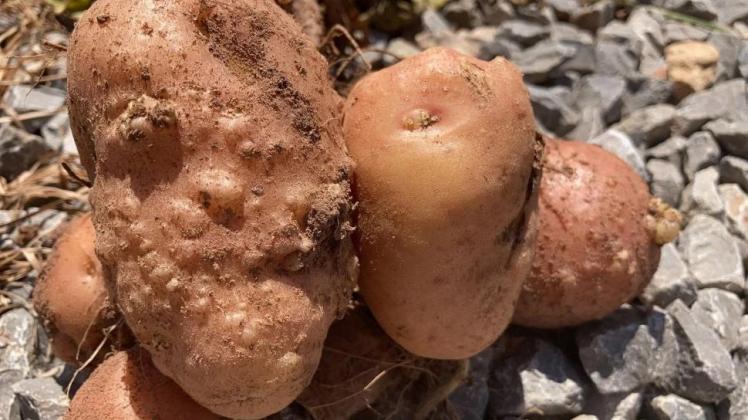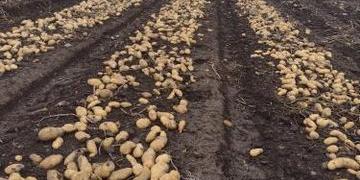Argentina (Tucumán): Technicians discussed the impact of nematodes on potato crops in Tafí del Valle.
During the Potato, Lima Bean, Quinoa and Queñua Field Day organized by the Obispo Colombres Agroindustrial Experimental Station (Eeaoc) in Tafí del Valle.

Norma Coronel, from the Agricultural Zoology section of the entity, addressed the impact of nematodes on potato cultivation in that region.
Potato crops are affected by various nematodes. The primary pathogen attacking this crop in Tafí del Valle is Nacobbus aberrans. Known as the false root-knot nematode or potato rosary nematode, this parasite is characterized by inducing the formation of galls on the roots of infected plants.
Potato plants affected by this nematode complete their cycle before 90 days, which reduces both the number and size of the tubers, negatively affecting production. In the final stages of the crop, when root volume decreases, the nematodes invade the tuber and lodge in the lenticels, without penetrating the internal tissues. Although this does not impact tuber quality, it does affect its quality as a seed.
To effectively control this pest, several integrated strategies are necessary: crop rotation, use of nematode-free seeds, control of potato weeds and host weeds, and chemical control.
During the activity, the results of a crop rotation trial with alternative crops for controlling N. aberrans were presented. The crops evaluated—oats, beans, lettuce, and strawberries—proved effective in reducing populations of this nematode, and should therefore be considered in a crop rotation plan to mitigate its presence.
Fuente: La Gaceta




